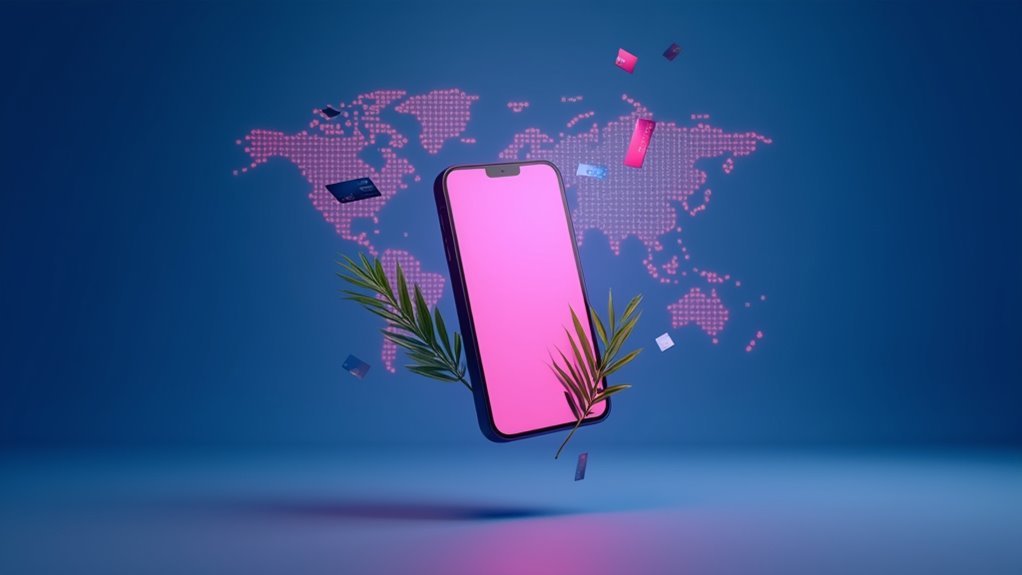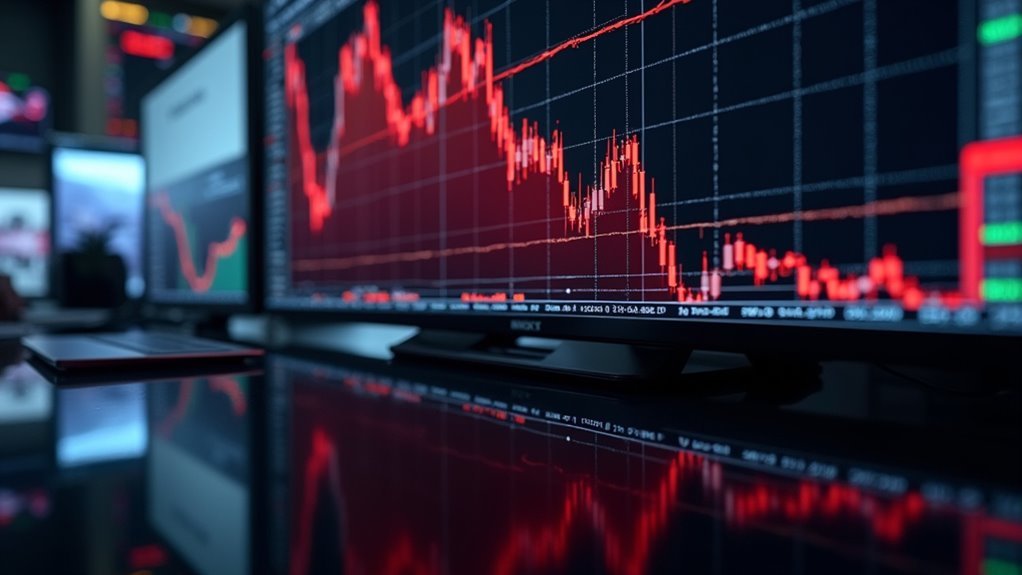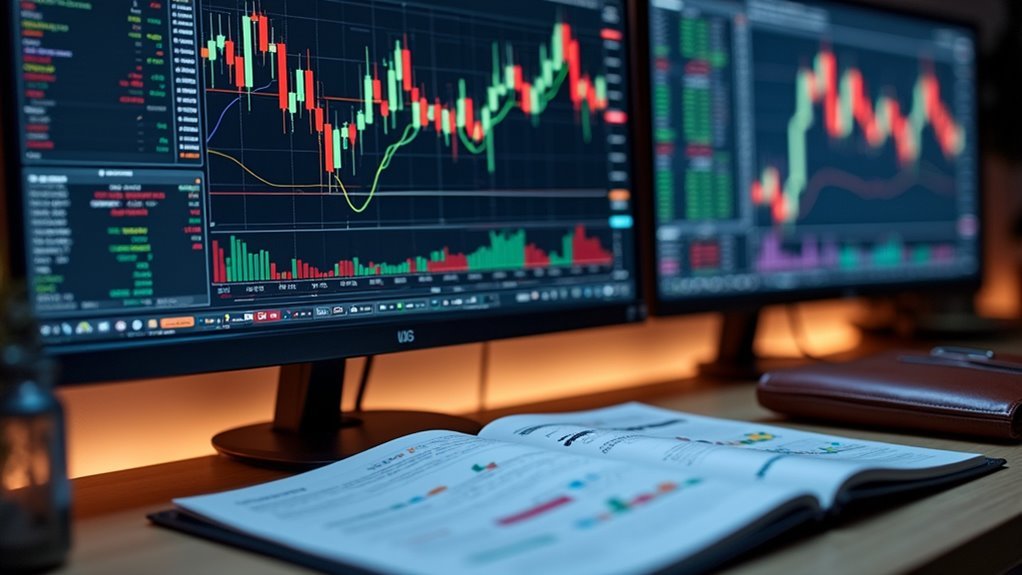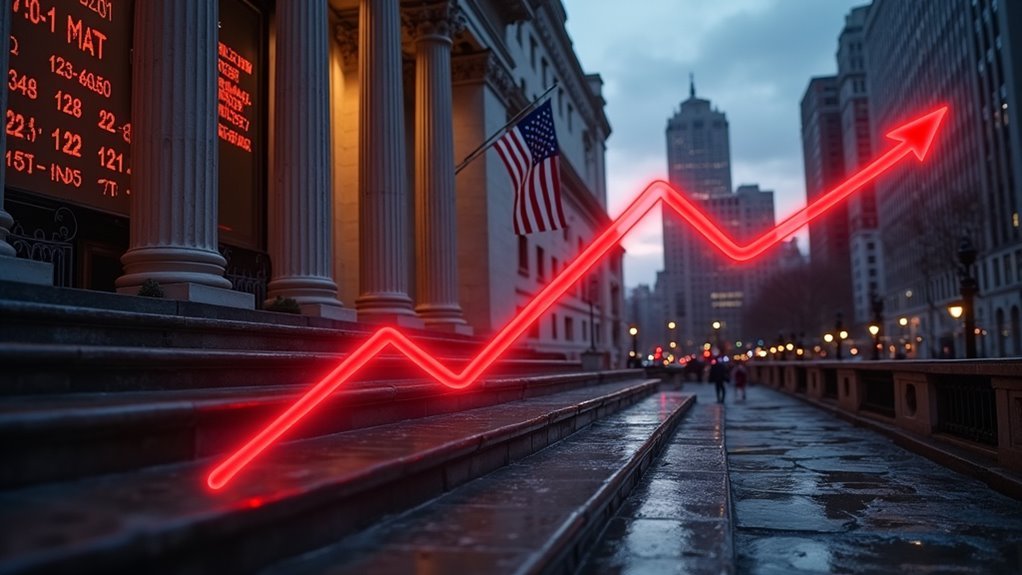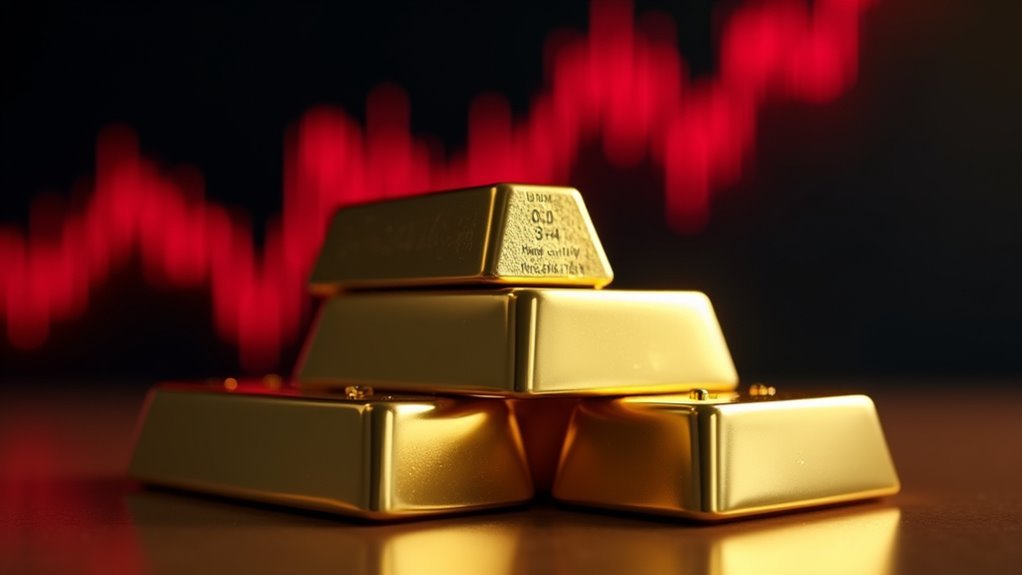The buy-now-pay-later giant Klarna isn’t just growing – it’s exploding across the global financial landscape. With 150 million active consumers worldwide and a staggering 46 million new users added in 2021 alone, the Swedish fintech company is making traditional credit card executives sweat. The numbers don’t lie: a 71% surge in US users and expansion into 45 countries tells a story of unstoppable momentum.
Let’s be real – Klarna’s not playing small ball. They’ve locked arms with over 400,000 global merchants, including 30 of the top 100 US retail brands. When heavy hitters like Nike and Sephora jump on board, people notice. And with 500,000 retail partners across the globe, they’re not exactly hurting for friends. A recent venture funding round of $639 million demonstrates strong investor confidence in their model. Like robo-advisors’ growth, Klarna’s automated payment solutions are revolutionizing traditional financial services.
The proof is in the pudding – or in this case, the profits. Klarna’s global GMV hit $80 billion in 2021, with a 42% boost in transaction volume. That’s about 2 million purchases every single day. Their net operating income jumped 38% to $1.6 billion, while credit loss rates dropped by 30% since 2019. Not too shabby for a company disrupting the $8 trillion credit industry.
But here’s where it gets interesting. Klarna’s not just throwing money around – they’re getting clever with it. Their new app features everything from AI-powered shopping feeds to budgeting tools. They’ve even launched “Ask Klarna” for expert advice after finding that 85% of US consumers value expert communication services during online shopping. They’ve even launched “Ask Klarna” for those who can’t decide what to buy (as if we needed more encouragement to shop).
The skeptics can roll their eyes all they want, but with 99% of Klarna’s BNPL loans getting repaid worldwide, something’s clearly working. They’re especially hitting home with younger generations who’d rather eat glass than deal with traditional credit card debt.
And while they’re at it, they’re going green too – with a 25% cut in greenhouse gas emissions and $24.5 million earmarked for planet health initiatives. Maybe the old guard should start taking notes.
